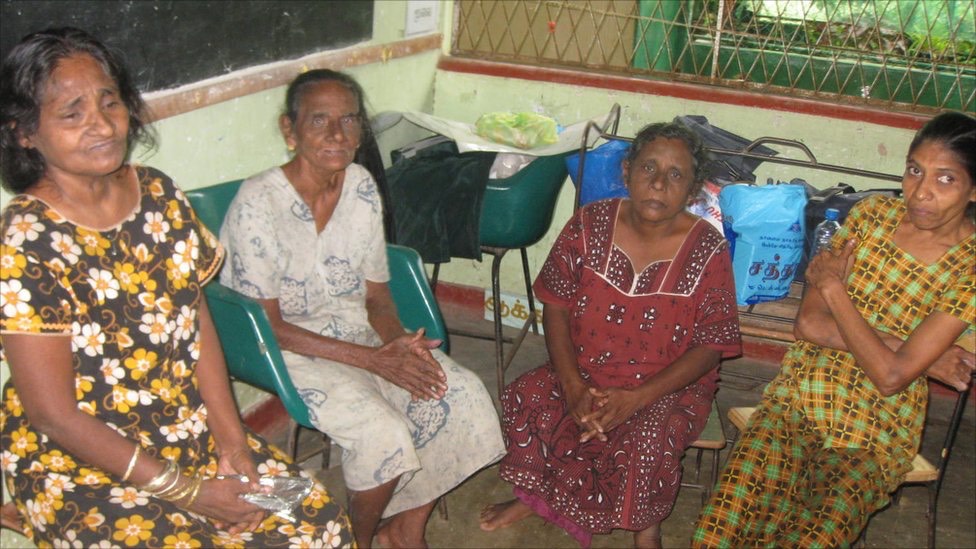The UNFPA (United Nations Population Fund) held a conference on the importance of investing in youth to mark World Population Day on July 11.
Young people are statistically defined by the United Nations as being between 15 and 24 years of age. They account for 1.8 billion people in the world. Most of them live in developing countries and are still way too vulnerable, especially adolescent girls subject to forced marriage.
But, even young adults with proper education and university degrees are exposed, regardless of their gender because of economical difficulties and unemployment amongst youth, says Alain Sibenaler, UNFPA Representative in Sri Lanka.
He quoted David Bloom, Professor of Economics and Demography at the Harvard School of Public Health, who drove home the point that economic policies need to be in place the world over as youth is a tremendous wealth opportunity for developing countries because it represents a large working population.
But, if such policies are not developed and if the investment on youth is inadequate, young people will be underemployed and will become a burden resulting in political instability, he warned.
The example of China which drastically invested in youth policies as well as in education for the last decades speak for itself, he noted.
Sibenaler emphasized on Sri Lanka and made some comparisons in relation to the rest of the world. In Sri Lanka, a woman has 2.3 children when the world average is 2.5 and close to 5 in Africa (with 5.4 in Nigeria). With the replacement level at 2.1 children per woman, the Sri Lankan rate is ideal.
He also pointed out that the Sri Lanka population is getting older, in particular due to a very good life expectancy ratio (72 years for males and 80 for females). In India, it is 67 years and 70 is the global average.
Sri Lanka’s next challenge is therefore to keep the dependency ratio as low as possible (49 people depend on 100 workers currently, which is lower than Japan). Dependency increases when a population is ageing because older people can’t be part of the labor force. At the same time, children also contribute towards dependency though their proportion is lower in Sri Lanka.
Youth unemployment is also a cause for dependency, 15% of young people are unemployed in Sri Lanka, which is better than USA, but not as good as India. Maternal mortality rate has also improved in Sri Lanka (39 deaths per 100,000 births), which is less than in India or Pakistan in this region and Thailand, Mexico and Brazil.
A particularity of the country is that there is 650,000 more women than men and that women are more successful in their studies, however though they are less represented in areas such as business or politics, a key point to involve them more.
Sibenaler congratulated Basil Rajapasksa, Economic Development Minister, who was present at the conference, for the excellent results.
To sustain and improve on this success story, he suggested that the government should invest more on reproductive health and education,
Create more employment opportunities for youth and invest to support the growing ageing population and gender equality.
There are eight million youths in Sri Lanka, almost half the total population. Investing on them is not an option but an obligation. But, all young people are not equal, he said.
For example, teenage pregnancy is as high as 10.5% in the Eastern province and as low as 5.4% in the Western province. There is still room for improvement as 2015 will represent the achievements of the Millennium Agenda set by the United Nations.
Courtesy of island.lk





















